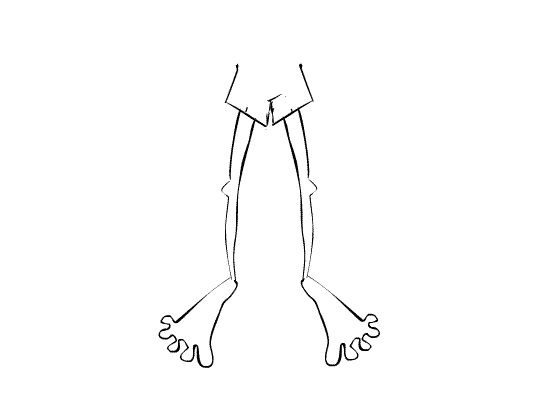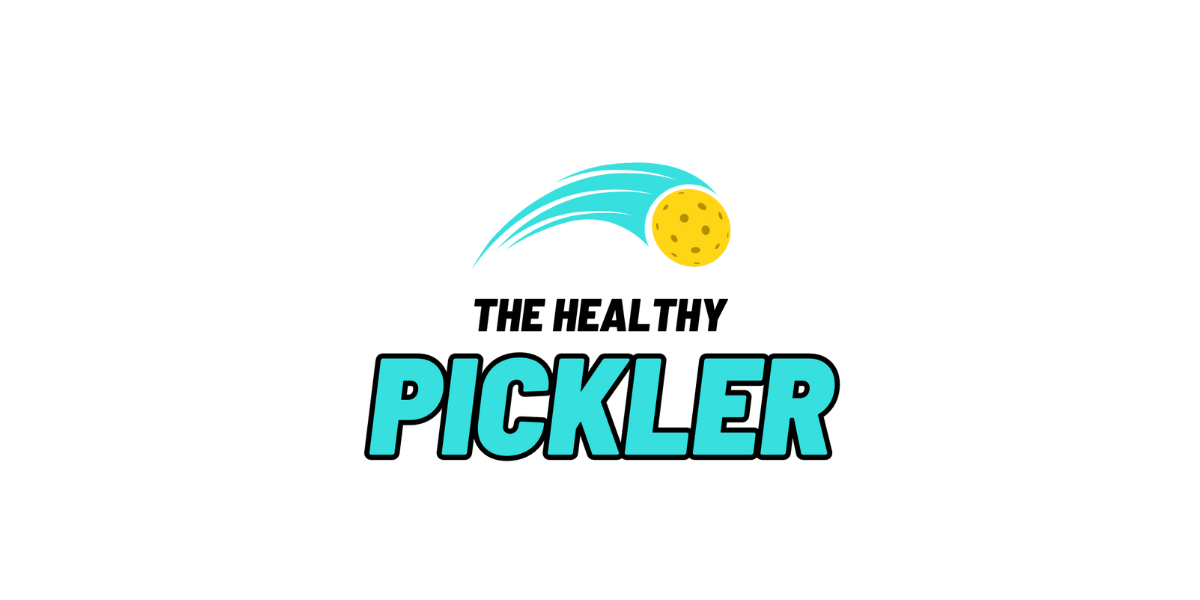- The Healthy Pickler Newsletter
- Posts
- Unlocking Peak Performance: A Comprehensive Guide to Managing Shin Splints for Pickleball Athletes
Unlocking Peak Performance: A Comprehensive Guide to Managing Shin Splints for Pickleball Athletes

Welcome to The Healthy Pickler, your go-to health and performance blog specially crafted for pickleball athletes! In the pursuit of peak performance, it's essential to address common challenges that can hinder your game. One such challenge that often plagues athletes, including pickleball enthusiasts, is shin splints. In this comprehensive guide, we'll explore the ins and outs of shin splints—what they are, their causes, effective treatments, and why an accurate diagnosis is paramount for pickleball players.

Understanding Shin Splints:
Shin splints, or medial tibial stress syndrome (MTSS), manifest as pain, tenderness, and swelling along the inner edge of the shinbone. This condition is often exacerbated in pickleball athletes due to the nature of the sport, which involves quick lateral movements and constant stop-and-start actions. The repetitive stress placed on the lower leg during these dynamic movements can lead to overuse injuries, particularly affecting the muscles, tendons, and connective tissues in the shin area.
Understanding the anatomical and biomechanical aspects of shin splints is crucial for pickleball players. The tibia, or shinbone, is subjected to increased strain during lateral movements, making it susceptible to microtears and inflammation. Biomechanically, the muscles responsible for stabilizing the foot and ankle, such as the tibialis posterior, may undergo excessive stress, contributing to the development of shin splints.
In addition to a focus on anatomy and biomechanics, addressing proper footwear, incorporating targeted strengthening exercises, and implementing adequate rest periods into training regimens become imperative for pickleball athletes aiming to prevent or alleviate shin splints.
Anatomy and Biomechanics
The lower leg is a complex anatomical region comprising various muscles, bones, and compartments that work in harmony to facilitate movement and provide stability. Understanding the anatomy of the lower leg involves exploring its distinct compartments and their respective structures.
1. Bones:
Tibia: Also known as the shinbone, the tibia is the larger and stronger of the two bones in the lower leg. It runs parallel to the fibula and is a weight-bearing bone that plays a crucial role in supporting the body.
Fibula: The fibula is the slender, lateral bone of the lower leg. While not as weight-bearing as the tibia, it provides important support for muscles and serves as an attachment point for ligaments.
2. Muscles:
Anterior Compartment: This compartment contains muscles responsible for dorsiflexion (lifting the foot) and inversion (turning the sole of the foot inward). Key muscles include the tibialis anterior.
Lateral Compartment: Muscles in this compartment are primarily involved in eversion (turning the sole of the foot outward). The fibularis (peroneal) muscles, such as the fibularis longus and fibularis brevis, are located here.
Deep Posterior Compartment: Muscles in this compartment contribute to plantarflexion (pointing the foot downward) and inversion. The tibialis posterior, flexor hallucis longus, and flexor digitorum longus are among the muscles in this compartment.
Superficial Posterior Compartment: Comprising the gastrocnemius and soleus muscles, this compartment is essential for plantarflexion and plays a key role in activities such as walking and running.
3. Compartments:
The lower leg is divided into four compartments, each surrounded by a tough connective tissue known as fascia. These compartments help organize and compartmentalize muscles and structures, providing a degree of protection and support.

The Challenge of Accurate Diagnosis:
Navigating the world of shin splints can be challenging due to the variety of conditions that mimic its symptoms. The good news is that, whether you're dealing with chronic or acute stress-related injuries, the management tends to follow a similar path. Accurate diagnosis becomes crucial in ruling out other potential issues and tailoring a precise plan for recovery. Here is a general framework of things that can mimic shin splints but may actually require a deeper dive b a licensed healthcare professional.

As a pickleball athlete, your game demands agility and endurance. If shin splints sideline you, a holistic approach to management is key. Workload modification, involving a temporary reduction in the intensity and duration of your game, is the initial step. This allows your body the time it needs to heal.

Incorporating physical rehabilitation into your routine is vital for a swift recovery. Pickleball players experiencing shin splints often benefit from exercises targeting the hip and ankle muscles. Strengthening these areas not only aids in recovery but also enhances biomechanics, reducing stress on the shinbone during those intense pickleball matches.
The key to effective shin splint management lies in tailoring the treatment plan to individual needs

Personalized Care for Pickleball Athletes:
Just as each pickleball game is unique, so is each athlete. The key to effective shin splint management lies in tailoring the treatment plan to individual needs. What works for one pickleball player might not be as effective for another. Seeking guidance from healthcare professionals or sports medicine specialists ensures that your management strategies align with the specific factors contributing to your shin splints. Your journey to peak performance includes overcoming challenges like shin splints. An accurate diagnosis, combined with a multifaceted approach involving workload modification, targeted exercises, and innovative rehabilitation techniques, offers a comprehensive solution.
At The Healthy Pickler, we understand that your game is more than just a sport—it's a passion. Through rest, rehabilitation, and personalized care, you can conquer shin splints and return to the pickleball court with confidence, knowing you've taken the necessary steps for a robust and resilient performance. As always, consult with professionals for a tailored approach to your specific situation and keep pickling!
If you are looking for some guidance and a community of pickleball athletes looking to be able to manage these things on your own? Checkout our Healthy Pickler App!
Click on the link below to check out all the details!


How do you organize a space party?



